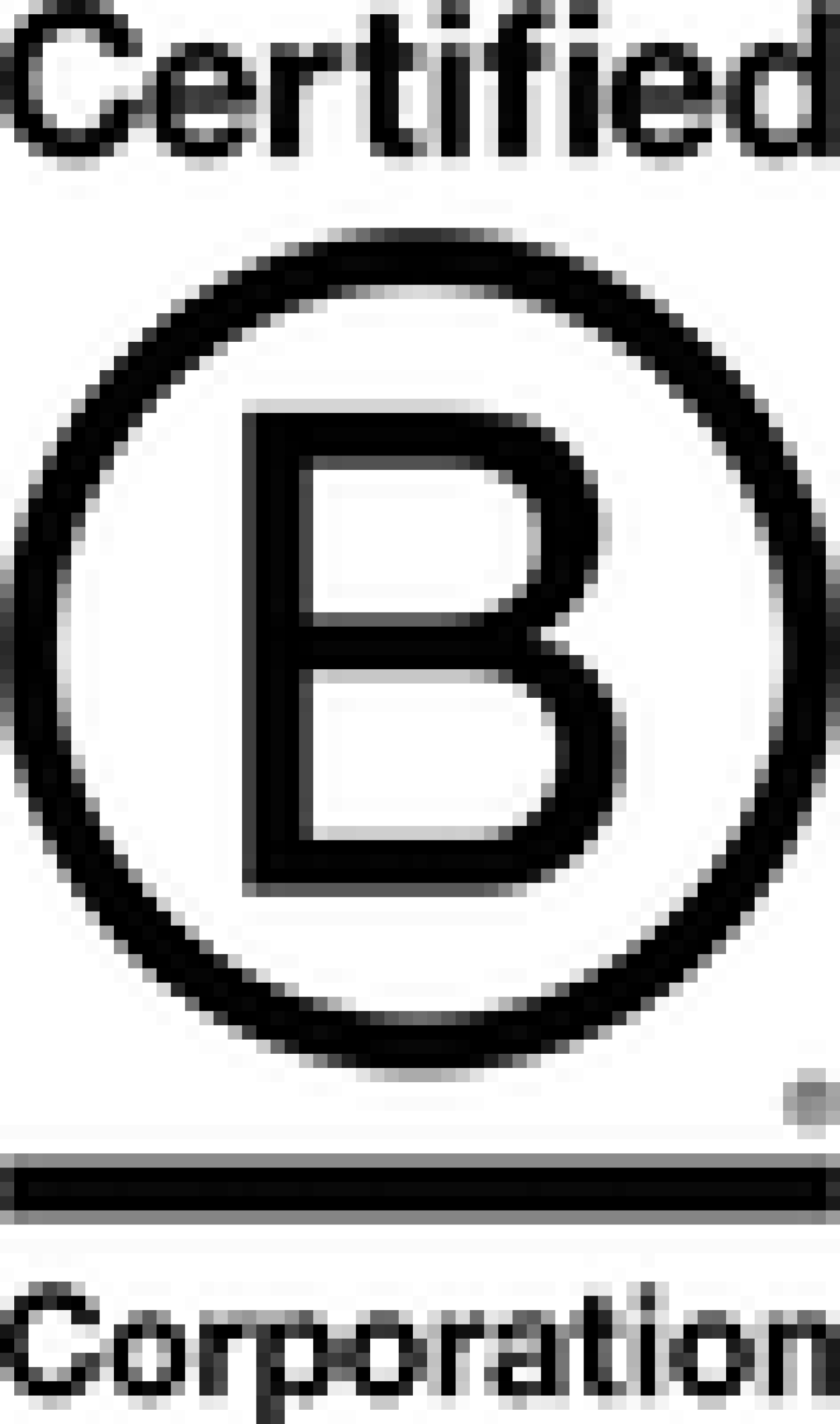Nutrition for Long Distance Cycling
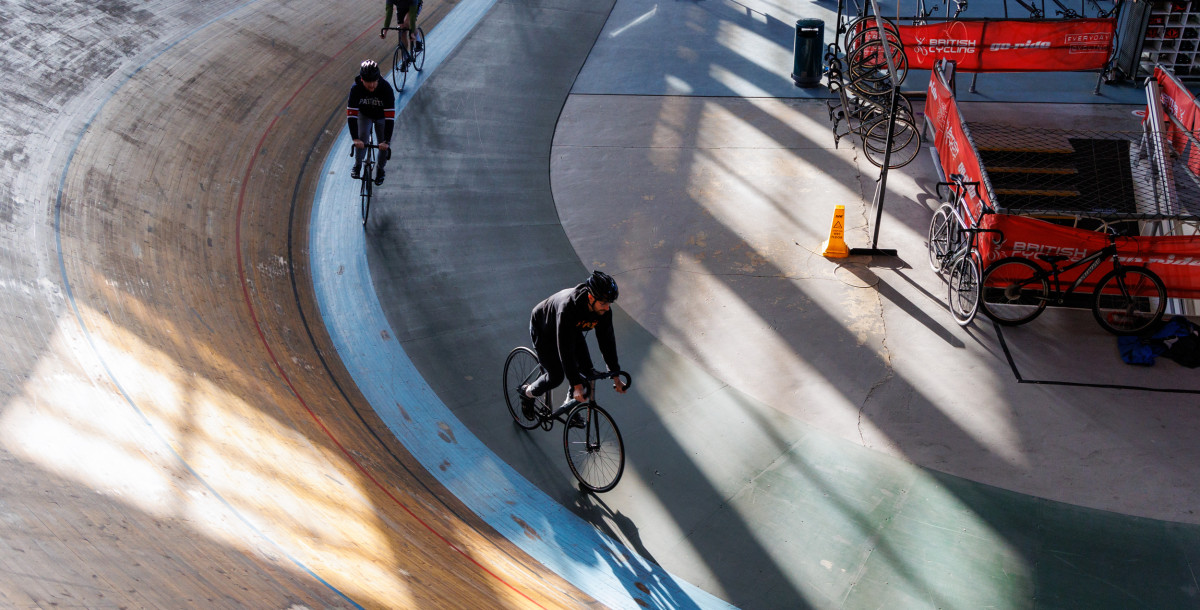
Here at Steadfast Collective, we’re known for creating digital applications for communities, but we’re also regular people, with our own passions outside of web development.
For the past few years, my passion has been cycling, with the intention to take part in "sportives".
Sportives
“Sportives are long-distance organised events, the cycling equivalent of running a marathon, which involve completing a set route. Sportive events typically range from anywhere between 50 and 150 miles and, although at their most popular in summer, there are events which run all year round. Sportive routes usually take on the most challenging roads in the area, with long, steep climbs and descents, testing all-round bike riding skills rather than flat out speed.”
So, after a couple of years of building up fitness, I’ve taken part in two sportives in 2023, in March and August. So while I had been building stamina, endurance and conditioning (both on the bike and in the gym), I needed to learn how to properly fuel myself for these sportives.
Which, as it turns out, is a bit of a minefield. What works for me, might not work for someone else.
What happens when you don’t fuel yourself on long rides?
In short, nothing good. In cycling, we fuel ourselves to avoid the dreaded “bonk”.
While that sounds amusing, bonking is not something you want - runners call it “hitting the wall”, scientists call it “hypoglycaemia”.
Your body has natural stores of glycogen, which is topped up by food and drink. However, the body can only store enough glycogen to last around 90 minutes.
Now, the average sportive is approximately 50 miles long, and the average speed of an amateur/hobbyist cyclist is between 16-19 miles per hour. That means that it should take an average cyclist about 3 hours to ride 50 miles.
So based on that 90 minutes of glycogen stored, you’d be able to cycle 25 miles before you’re at risk of hypoglycaemia.
Symptoms of hypoglycaemia can vary from person to person, but it tends to present with feelings of weakness, heart palpitations, shaking, dizziness, nausea, confusion, and much more.
I’ve been there - it isn’t fun.
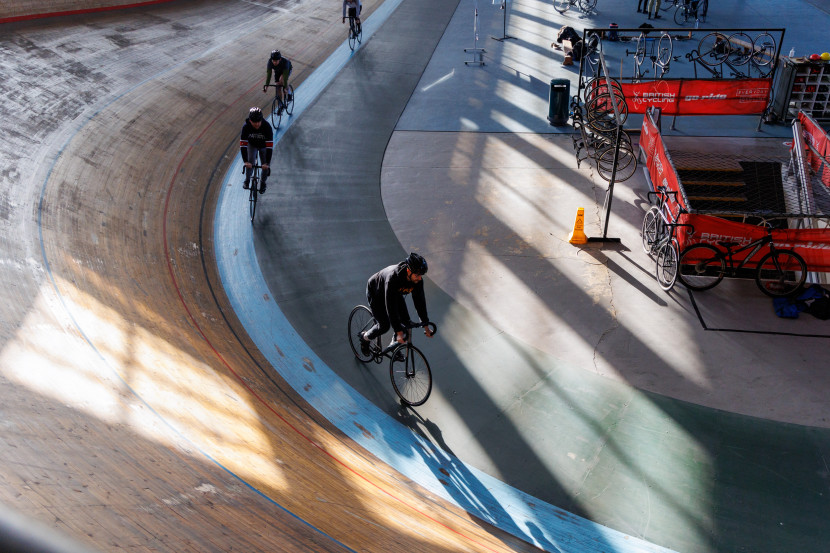
Fuelling for a Sportive: The Day Before
So, now you know about “bonking”, let’s try to avoid that.
Fuelling for the sportive (or any other long ride) always starts the day before - your aim for the day should be to stock up on carbs. You’ll also need to make sure you drink plenty of water throughout the day.
Stick to foods you know, and make sure to not over-eat. Some ideas for pre-ride meals can include things like pasta, with a source of protein.
Also, make sure you get a good night’s sleep.
Fueling for a Sportive: Before The Ride
It’s recommended that you have breakfast around 2-3 hours before your ride. However, if you’re strapped for time, reduce the portion size.
We’re aiming to eat a breakfast with plenty of slow-release carbohydrates, to bolster your body’s supply of glycogen.
Good sources of these slow-release (low-medium glycemic index) carbohydrates include things like porridge, granola, muesli, wholegrain toast etc.
Fuelling for a Sportive: During The Ride
So, you’ve followed the steps thus far, and you’re at the start line of your sportive. Nervous excitement can take over at this stage, and it’s easy to forget to fuel yourself while riding.
However, the key to keeping yourself fuelled during the ride is “little and often”. Don’t stop mid-way and have a huge lunch, but instead aim to have something small to eat every 30-45 minutes.
Again, don’t experiment with new foods on the day - do a few rides beforehand with your planned food, to see if it works for you, if you can stomach it while riding, and how easy it is to eat while riding.
During the ride, you want to lean on quick-release (high GI) carbohydrates, and this is where the minefield aspect comes in. There are hundreds of energy bars, chews, gels, and drinks on the market that are designed for consumption on the bike, but they’re generally expensive.
If you’re looking for maximum convenience, the pre-packaged products will work (again, try them out before your sportive). Personally, I use Maurten’s solid bars when I want something that's easy, and I can eat while on the move. I’m also known to eat Jelly Babies in a pinch, which are a great source of quick-release carbs, but they don’t last long.
However, what you eat on the bike is personal preference - I’ve seen people casually munching on croissants, bananas, Rice Krispie bars, regular cereal bars, jam sandwiches and much more on the bike. The point is, experiment with quick-release (high GI) food/drink before your sportive to find what works for you.
As always, make sure to stay hydrated while riding, and while water is great, you’ll need to replace the salts you lose through sweat, so an electrolyte drink fits the bill. This can range from small, dissolvable tablets you put in water, to pre-made energy drinks such as Powerade.
If your sportive has feed stations, take advantage! Grab as much as you can and stuff it all in your pockets.
If you’re feeling like you need a bit of a boost within the last hour, there are energy gels on the market with also contain caffeine. However, it’s worth noting that you shouldn’t lean on caffeinated gels for the entirety of the ride, as too much caffeine can cause increased blood pressure, headaches, upset stomach etc.
Fueling for a Sportive: After The Ride
So, you’ve done it, you’ve crossed the finish line, congratulations! But your fuelling isn’t over yet.
Once you’ve finished, keep drinking a mix of water and an electrolyte drink to stay hydrated.
Ideally, you want to kick-start your recovery by consuming a decent amount of protein, which can take the form of a protein shake, a bar, or if you have time, a small meal like a chicken sandwich.
Make sure to take on some protein and hydration before you start sorting out the bike, your kit, showering etc.
At this stage, be wary of over-eating and trying to make up the lost calories, although gorging yourself on cake is very tempting.
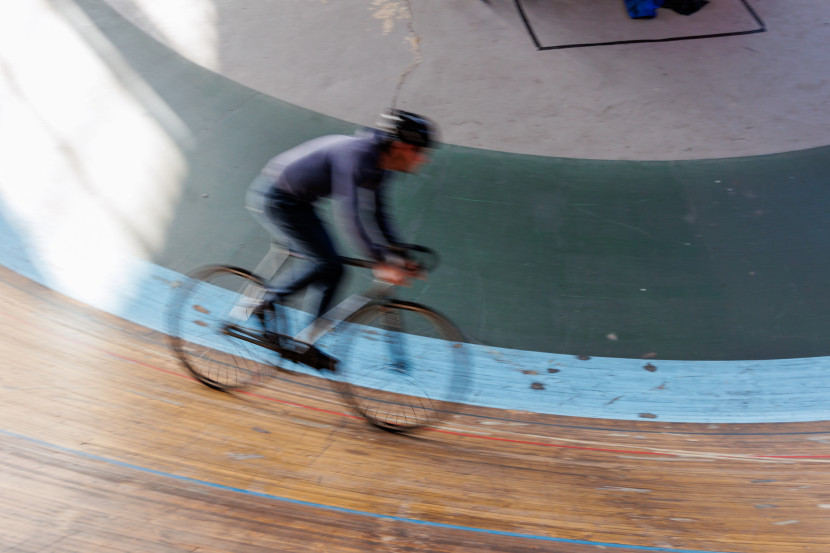
Conclusion
If you take anything away from this, remember these key points:
Your fuelling should start the day before your sportive.
Don’t overindulge with breakfast.
Try not to let nerves/excitement get the better of you, aim to eat and drink “little and often”, right from the start.
Try to get some “real food” in you as soon as possible after you cross the line.
Most importantly, have fun! Sportives generally aren’t competitive, so use the time to admire the view, and chat with your fellow cyclists!
More Articles
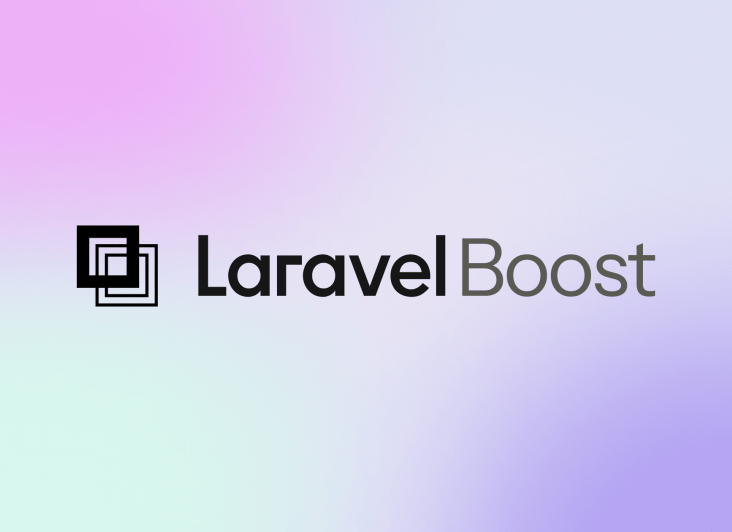
Laracon US 2025 recap: What “Laravel Boost” means for your website
Laravel Boost brings safer, Laravel-aware AI into your project. It gives assistants real context like routes, schema, logs and versioned docs so small features ship faster, code stays consistent and debugging gets clearer.

Laravel Agency Pricing Models Explained (Fixed, Retainer and Time & Materials)
Why the cheapest quote could cost you more
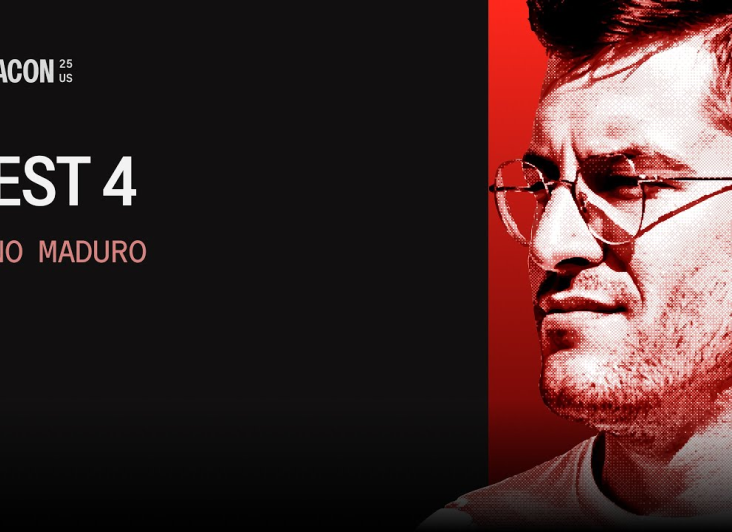
Laracon US 2025 recap: Pest 4 and why it matters for your website
Pest 4 brings faster, more reliable testing to our Laravel projects with Playwright browser checks, visual regression tools and smarter diagnostics, helping us catch issues early, ship confidently and keep your product stable and high-quality.
